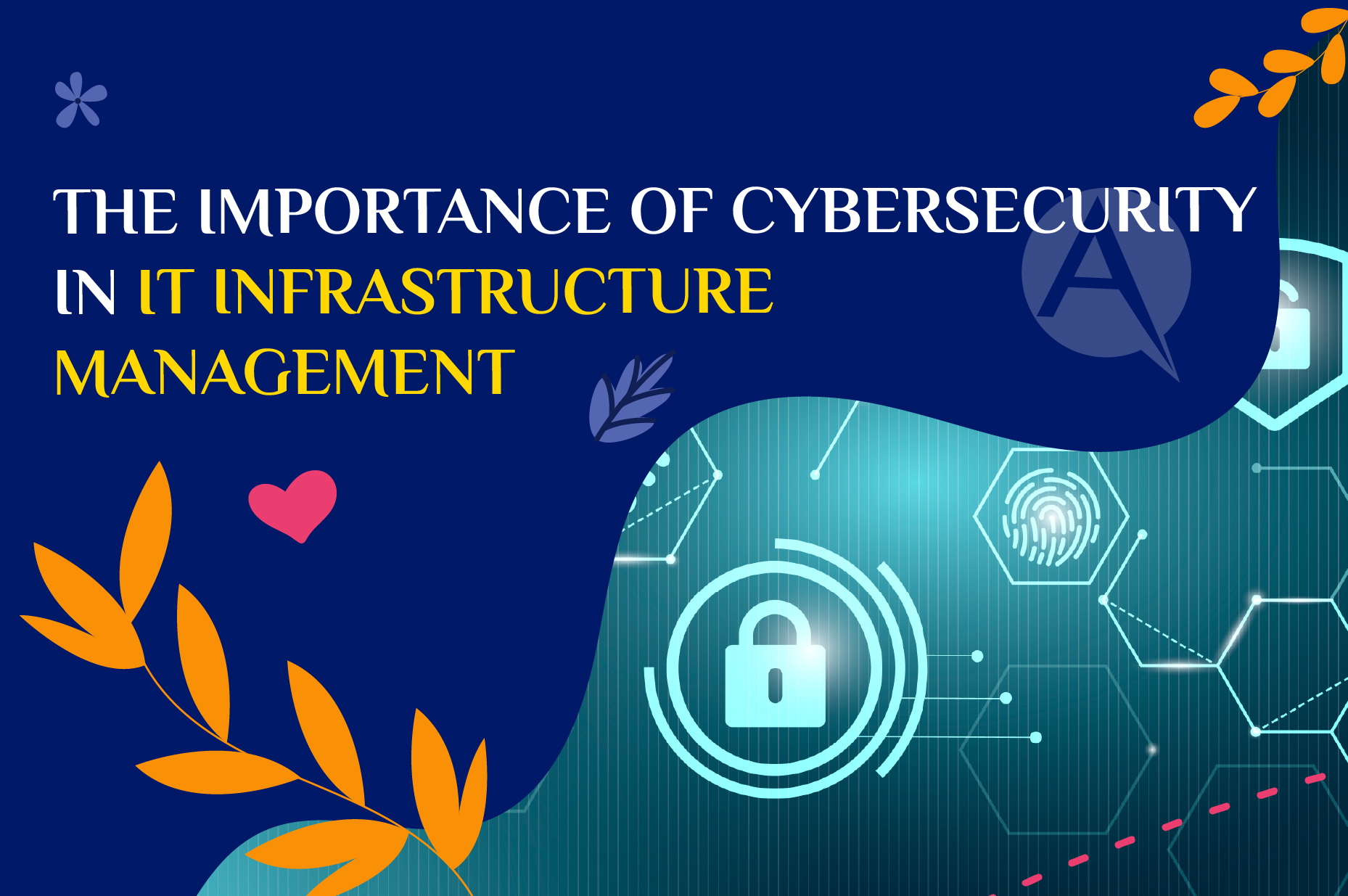

The Importance of Cybersecurity in IT Infrastructure Management
Introduction
Cybersecurity is impossible to overestimate the importance of cybersecurity in IT infrastructure management in a time when technology touches every part of corporate operations. Due to their growing reliance on digital platforms for daily operations, organizations are exposed to a wide range of cyber risks. Understanding and putting into practice strong cybersecurity protections is not only a precaution for businesses like AastraZen Technologies, but rather a basic requirement.
Understanding IT Infrastructure Management
Determining the meaning of IT infrastructure management is essential before discussing the significance of cybersecurity. This includes the plans, procedures, and equipment used by businesses to maintain their networks, data centers, hardware, and software. The efficient operation, security, and support of these resources for the overarching business goals are guaranteed by effective IT infrastructure management.
The Growing Threat Landscape
Cyber threats have changed dramatically over time, becoming more dangerous and sophisticated. Recent research indicates that there has been a significant increase in cyberattacks, with ransomware and phishing being two of the most prevalent attack types. In addition to compromising private data, a data breach may result in monetary loss, harm to one's reputation, and legal implications.
Given that AastraZen Technologies frequently deals with sensitive customer data and cutting-edge technologies, a breach could have disastrous repercussions. The necessity of incorporating cybersecurity into IT infrastructure management is highlighted by the possible loss of consumer trust as well as the associated recovery and remediation expenses.
Cybersecurity as a Pillar of IT Infrastructure
1. Protection of Sensitive Data
Businesses deal with a lot of sensitive data, including proprietary and customer information. Cybersecurity safeguards help in preventing breaches and unwanted access to this data. A secure IT infrastructure must include encryption, access controls, and secure data storage.
2. Disaster Recovery and Business Continuity
Ensuring cybersecurity is essential to company continuity. Plans for disaster recovery are an integral part of a strong cybersecurity strategy because they help organizations get ready for any kind of disruption, whether natural disasters or cyberattacks. Customer satisfaction depends on these programs' ability to maintain service delivery and reduce downtime.
3. Regulatory Compliance
Many sectors have stringent data security and privacy rules in place. For example, the GDPR in Europe and HIPAA in the United States have harsh fines for noncompliance. Organizations that incorporate cybersecurity into IT infrastructure management can better negotiate these laws and avoid hefty fines.
4. Reputation Management
In today's digital world, a company's reputation is inextricably linked to its cybersecurity posture. A single breach can result in a loss of client confidence and loyalty that takes years to recover. Proactively addressing cybersecurity not only protects the organization, but also improves its reputation as a reliable business.
Implementing Effective Cybersecurity Measures
To successfully integrate cybersecurity into IT infrastructure management, organizations must take a multifaceted strategy.
1. Risk Assessment
Regular risk assessments assist in identifying weaknesses in the IT infrastructure. Understanding possible dangers enables organizations to prioritize their cybersecurity efforts and spend resources more efficiently.
2. Employee Training and Awareness
Employees are sometimes the first line of defense against cyber attacks. Implementing extensive training programs enables them to identify phishing attempts, social engineering techniques, and other frequent risks. Cultivating a culture of cybersecurity awareness is critical.
3. Regular Software Updates and Patch Management
Keeping software up to date is essential for protecting against known vulnerabilities. Cybercriminals frequently abuse obsolete systems, therefore regular upgrades and patch management should be an integral part of IT infrastructure management.
4. Incident Response Planning
Despite our best efforts, breaches can still occur. An effective incident response plan specifies what procedures to follow in the case of a cybersecurity problem. This encompasses communication techniques, roles and responsibilities, and recovery procedures.
5. Advanced Security Technologies
Implementing advanced technologies such as intrusion detection systems, firewalls, and artificial intelligence can help an organization detect and respond to attacks in real time. These tools add an important layer of protection against growing cyber threats.
Conclusion
As companies like AastraZen Technologies navigate the complex challenges of modern IT infrastructure management, the importance of cybersecurity becomes increasingly apparent. Businesses that prioritize cybersecurity measures may protect sensitive data, ensure compliance, and retain their brand in the marketplace. Investing in cybersecurity is more than just a tactical decision; it is a strategic imperative that ensures the organization's future. In a world where cyber risks are everywhere, proactive measures and a strong cybersecurity framework are critical for long-term growth and success.

